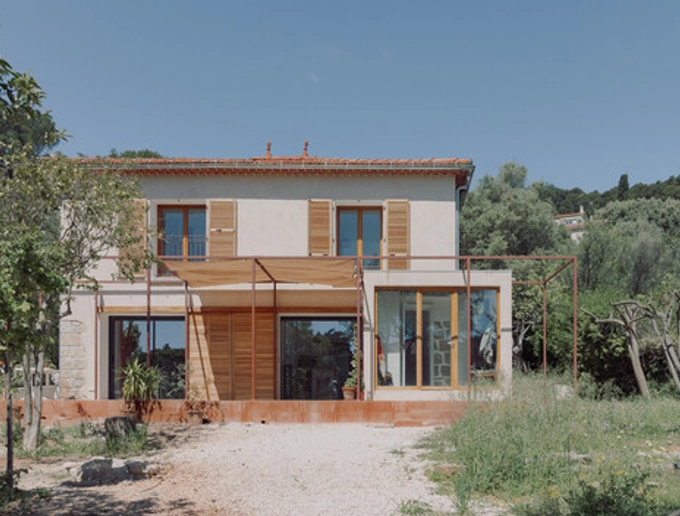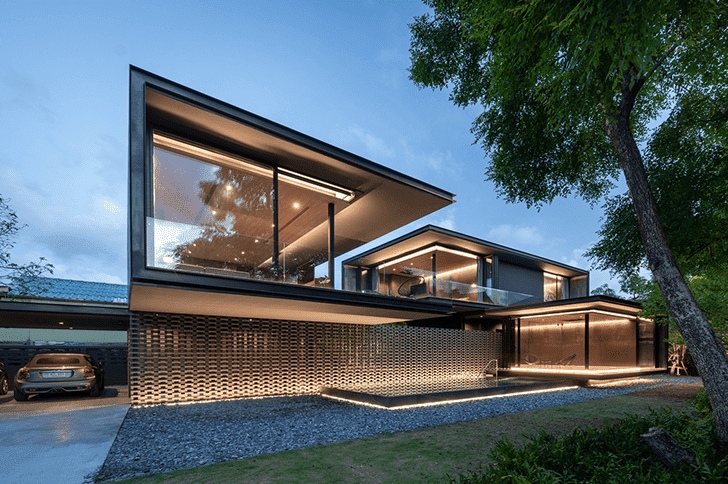Innovative Residential Interior Architect to Create Functional and Stylish Interiors
Innovative Residential Interior Architect to Create Functional and Stylish Interiors
Blog Article
Exactly How Residential Architects Produce Personalized Houses for every single Lifestyle
The process by which residential designers design customized homes is a nuanced interplay of recognizing customer demands and converting those understandings into useful living spaces. Through thorough appointments and the usage of layout devices, engineers record the essence of their customers' way of lives, making certain that each home mirrors individual values and desires.
Understanding Client Needs

Efficient communication is vital in this process. Designers must motivate customers to articulate their way of lives, family characteristics, and future goals, making certain that the layout shows their special identification. By employing tools such as questionnaires, interviews, and aesthetic studies, engineers can gather valuable understandings into the customer's vision.
Furthermore, understanding the context in which a home will certainly exist is essential. Architects have to take into consideration aspects such as the website characteristics, local environment, and cultural impacts that can affect the style. This alternative technique enables the creation of areas that are not just cosmetically pleasing yet sustainable and likewise functional.
Inevitably, a deep understanding of customer requires allows designers to produce personalized homes that boost the top quality of life for their residents, cultivating a sense of belonging and comfort within their living settings.
Layout Refine and Collaboration
The layout process in domestic design is a vibrant interplay of creativity and collaboration, where architects, customers, and numerous stakeholders work carefully to bring a vision to life. This iterative trip generally starts with a collection of conferences to establish a detailed understanding of the client's desires, choices, and lifestyle requirements. During these conversations, architects collect essential information, enabling them to conceptualize layouts that line up with the client's vision.
Complying with the preliminary consultations, the layout phase advances with sketches, 3D versions, and building renderings. This aesthetic communication acts as a device for architects to present ideas, while also inviting client responses, guaranteeing that the final layout reverberates with their expectations. Efficient cooperation with engineers, service providers, and indoor developers is essential during this phase, as it makes sure that all practical aspects of the project are flawlessly incorporated.

Incorporating Way Of Life Aspects
Including way of life elements into residential style is important for creating areas that truly resonate with the inhabitants. residential architecture homes. This procedure starts with recognizing the one-of-a-kind needs, choices, and day-to-day routines of the property owners. Engineers involve in comprehensive discussions to uncover site web exactly how the private or family uses their room, whether for entertaining visitors, pursuing leisure activities, or seeking peaceful hideaway
When these understandings are collected, designers can customize layout attributes that enhance day-to-day experiences. For example, open layout might be designed for family members that prioritize togetherness, while dedicated workspaces can be integrated for those that function from home. Outside locations, such as patios or yards, can be highlighted for households that delight in exterior tasks or amusing.
In addition, adaptability is a crucial consideration; multi-functional spaces permit versatility as lifestyles progress over time. Custom storage space solutions can likewise be included to meet particular organization needs, making sure that the home remains clutter-free and useful. Eventually, by thoughtfully weaving lifestyle elements into the architectural material, household designers produce tailored homes that not only meet aesthetic desires yet additionally dramatically enhance the lifestyle for their clients.
Sustainable and Smart Design
Lasting and wise design increasingly plays a pivotal role in property design, as homeowners look for to minimize their ecological effect while enhancing their living experiences. Designers are now integrating eco-friendly materials, energy-efficient systems, and innovative innovations to create homes that not just satisfy aesthetic wishes but also offer the planet.
Integrating renewable resource sources, such as solar panels and wind generators, permits house owners to harness all-natural sources, considerably decreasing reliance on standard power grids. Smart home modern technologies even more improve sustainability by optimizing energy usage via automated systems that manage heating, lights, and air conditioning based on occupancy and preferences.
Moreover, making use of lasting structure materials-- like redeemed timber, bamboo, and reused steel-- promotes a round economy, decreasing waste and source usage. Architects additionally highlight easy style concepts, making certain homes are oriented for maximum natural light and air flow, thereby decreasing the requirement for fabricated home heating and cooling.
Along with eco-friendly benefits, lasting and smart design adds to the overall comfort and health straight from the source of homeowners. By prioritizing indoor air top quality and natural environments, architects produce rooms that cultivate wellness, allowing homeowners to thrive in harmony with their environment.
Wrapping Up and Implementing Strategies
Finalizing and applying plans is a crucial stage in the household architecture procedure, where the vision of a customized home begins to appear. This phase involves thorough interest to detail, making certain that every facet of great site the layout is precisely expressed and ready for construction. residential architecture homes. Architects work together very closely with customers to review last plans, attending to any kind of final changes or problems, while making certain that all elements straighten with the homeowner's way of living demands
When strategies are settled, architects prepare detailed building and construction documents, including detailed illustrations and specs that work as a blueprint for contractors. These records outline products, finishes, and installation methods, providing clarity for subcontractors and service providers. Additionally, securing required licenses and sticking to neighborhood building ordinance is important, as it guarantees compliance and smooth project implementation.
By cultivating a collaborative setting, designers can ensure that the application straightens with the initial vision. Ultimately, this essential stage changes concepts right into truth, laying the foundation for a home that mirrors the distinct way of living and choices of its occupants.
Conclusion
In conclusion, property engineers play a crucial duty in crafting tailored homes that cater to varied lifestyles. With meticulous understanding of client requirements, collective style procedures, and the assimilation of way of life aspects, designers guarantee that each home shows individual preferences.
The process by which household engineers layout personalized homes is a nuanced interplay of recognizing customer requirements and translating those insights right into useful living rooms. Via detailed examinations and the use of layout devices, architects record the significance of their customers' way of livings, making certain that each home mirrors personal values and desires. Designers should urge clients to verbalize their way of lives, family dynamics, and future aspirations, making certain that the design reflects their unique identification.The layout procedure in household architecture is a vibrant interaction of imagination and collaboration, where architects, clients, and different stakeholders function closely to bring a vision to life - residential architecture homes. Via meticulous understanding of client needs, collaborative design procedures, and the integration of lifestyle components, architects make certain that each home mirrors private choices
Report this page